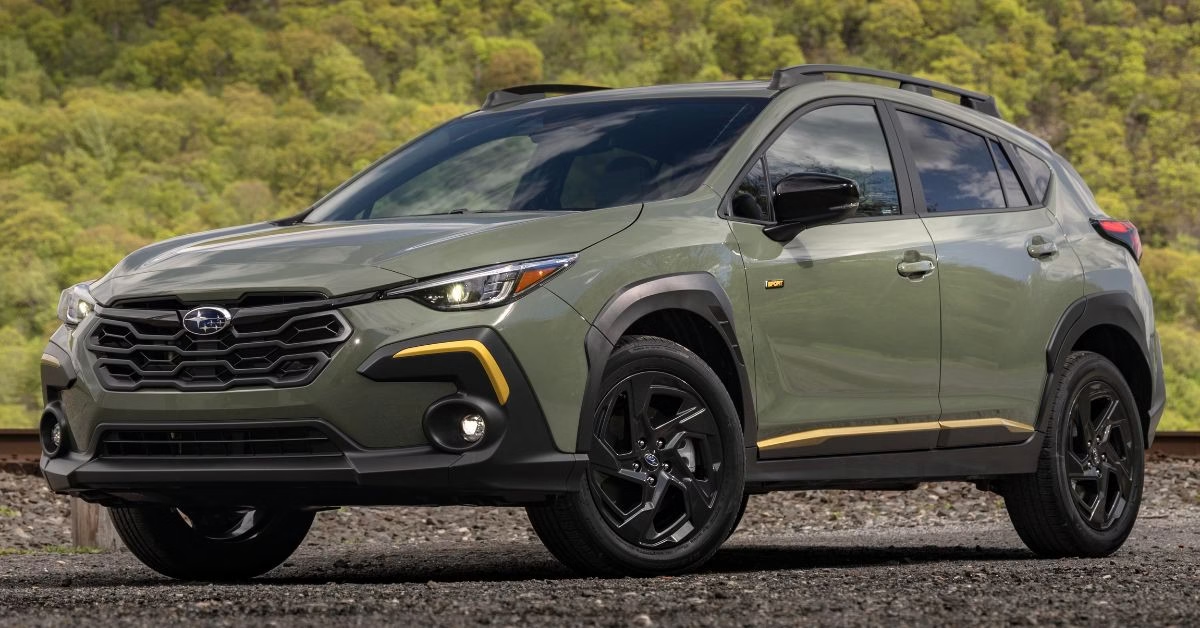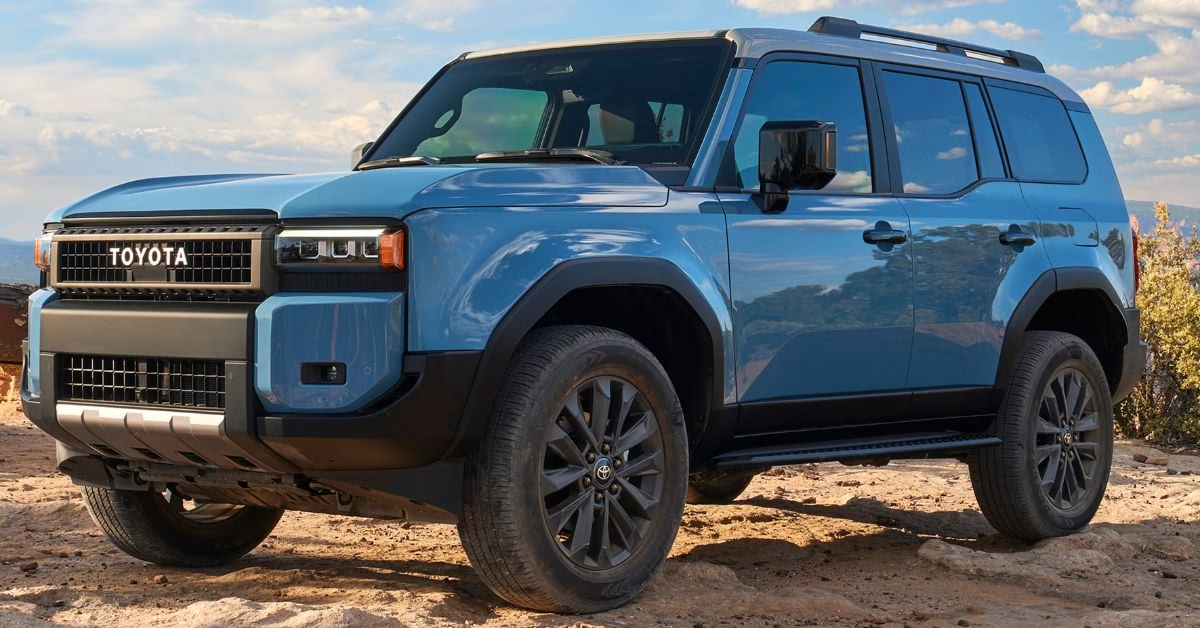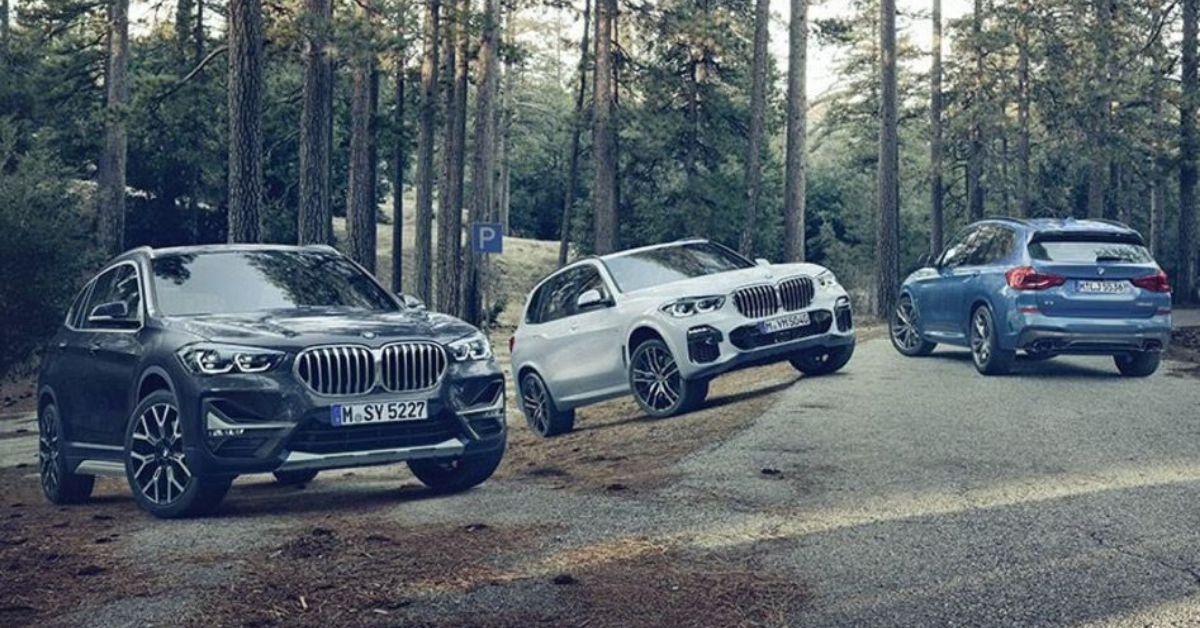Let’s be honest, car shopping is hard enough without having to decipher a whole new language of acronyms. You’re just trying to figure out which car will get you to work, handle a rainy day, and maybe take you on a little adventure, and suddenly you’re faced with AWD and 4WD. It’s confusing, and for most people, the difference isn’t exactly obvious.
So, forget the robotic definitions. Let’s talk about what this stuff actually means for your life. Think of it this way: AWD is like a clever assistant that’s always there, ready to help you on a tricky road, while 4WD is a tool you pull out of your toolbox only when you really need it for a tough job.
This guide breaks down AWD vs 4WD for daily driving—and helps you decide which one makes more sense and which one might be overkill.
What is All-Wheel Drive (AWD)?

Imagine you’re driving on a perfectly normal road, but then it starts to pour, or maybe you hit a patch of loose gravel. You barely notice, because your car’s AWD system is already working behind the scenes. It’s an “always-on” or “on-demand” system that automatically sends power to all four wheels as soon as it detects any slip. You don’t have to push any buttons or flip any switches. It just… works.
AWD is a game-changer for everyday situations. It gives you a sense of stability and confidence on slick roads, whether it’s a sudden rainstorm or a quick turn on a dirt path. Because it’s designed to be lightweight and efficient, it doesn’t dramatically hurt your gas mileage or make your ride feel clunky. It’s built for 99% of your driving life that happens on a regular road.
Where you’ll find it: AWD is common in crossovers, compact SUVs, many sedans, and an increasing number of electric vehicles. If you’re shopping for a Subaru, Audi, or even a Tesla, you’re likely looking at an AWD system.
AWD is Great for…
- Daily driving: It’s perfect for commuters who need that extra peace of mind.
- Rainy days and light mud: It’ll keep you from hydroplaning or getting stuck in a shallow, muddy patch.
- Better handling: It helps your car feel more stable and grounded, especially when cornering.
- Light snow and icy roads: AWD is excellent for slick winter conditions, as it’s always ready to adapt.
But it’s not for…
- Extreme off-roading: Don’t try to climb a mountain or go rock crawling with it. It’s just not built for that.
- Heavy towing: It doesn’t have the robust components needed to pull a massive trailer.
What is Four-Wheel Drive (4WD)?

Now, 4WD is a different beast entirely. This isn’t a passive system; it’s an active one. It’s for when you know you’re about to tackle some serious terrain. Think of it as a low-gear mode for your car.
When you flip the switch or pull the lever to engage 4WD, you’re literally locking the front and rear wheels together. This forces them to spin at the same speed, giving you maximum traction to power through deep mud, over rocks, or up a steep, sandy hill. The key here is that you are in control. It’s something you engage only when you need it and disengage when you get back on normal roads. You’d never drive around town in 4WD mode because it’s meant for low speeds and high traction.
Where you’ll find it: 4WD is typically reserved for rugged trucks and SUVs like Jeep Wranglers, Toyota Land Cruisers, and full-size pickups. If you’re shopping for a workhorse vehicle or an off-road specialist, 4WD will likely be on your checklist.
4WD is Great for…
- Hardcore off-roading: It’s the go-to for serious adventurers who love to get their car dirty.
- Heavy towing and hauling: The extra torque from the low-range gearing is perfect for pulling heavy loads.
- Extreme weather: If you live somewhere with consistently deep snow or other intense conditions, this is your best bet.
But it’s not for…
- Everyday driving: It’s heavy, it uses more gas, and it’s not comfortable on paved roads.
- Automatic peace of mind: You have to remember to turn it on and off.
- Tight corners on dry pavement: 4WD systems can bind or cause tire wear if left engaged when not needed.
AWD vs 4WD in Winter Weather
If snow and ice are common in your area, this could be the deciding factor. AWD shines on icy roads, black ice, and slushy pavement because it reacts instantly and keeps all four wheels engaged without your input. 4WD, on the other hand, is better for deep snow or when tackling unplowed rural roads—but it requires manual engagement and is less forgiving if used improperly.
What About Electric Vehicles?
Good question. Many EVs use AWD in a different way: through dual motors (one front, one rear), which provides all-wheel traction without the traditional transfer case or driveshaft. It’s simpler, more efficient, and extremely responsive, often outperforming mechanical systems in everyday traction scenarios.
Cost and Maintenance Considerations
Both systems add cost compared to front-wheel drive models, but 4WD vehicles are generally heavier, more complex, and more expensive to maintain. AWD systems are lighter and more fuel-efficient, and because they’re always on, there’s less user error involved. If you’re not planning to use 4WD regularly, it might not be worth the extra fuel and upkeep.
A Quick and Simple Comparison

So, how do you decide? Just ask yourself a few questions.
How will you use the car most of the time?
- If your answer is “driving to work, taking the kids to school, and the occasional trip to see family,” then AWD is exactly what you need. It gives you safety and stability without any fuss.
- If your answer is “towing my boat, going hunting in the bush, and tackling unmaintained roads,” then you need 4WD.
What kind of terrain will you be on?
- If you’re on paved roads, wet roads, or even well-maintained gravel roads, AWD is perfect.
- If you’re going to be in deep mud, sand, or over large rocks, 4WD is the only choice.
Do you want to think about it?
- AWD is the “set it and forget it” option. It’s always there, working for you.
- 4WD is the “I need to engage this now” option. It’s something you actively use.
The Verdict: Which One is Right for You?
Choose All-Wheel Drive (AWD) if:
- You live in an area with unpredictable weather (like heavy rain or even light snow).
- You want a safer, more stable vehicle for your daily commute.
- You value better fuel economy and a smoother ride.
- You might do a little light off-roading, but nothing serious.
Choose Four-Wheel Drive (4WD) if:
- Your weekend plans often involve deep mud, sand, or rough, unpaved terrain.
- You need to tow heavy trailers or haul big loads.
- You prioritize maximum power and control in extreme situations over fuel economy and daily comfort.
Ultimately, both are fantastic systems, but they’re built for different jobs. For the vast majority of drivers, AWD offers the perfect blend of safety, convenience, and performance. But for those who live and play in the wild, nothing beats the raw power and capability of a good 4WD.
AWD vs 4WD Frequently Asked Questions
Can you use 4WD on dry pavement?
Not a good idea. Using 4WD on dry roads, especially at higher speeds, can cause something called “drivetrain binding.” That’s when the system can’t release tension between the wheels, leading to unnecessary strain on parts like the transfer case. It’s built for low-traction surfaces like mud, snow, or sand, not dry asphalt.
Is AWD better than 4WD for sandy roads?
In deep sand, 4WD usually does better. That’s because it can lock power evenly across all four wheels, helping you keep momentum and avoid getting stuck. AWD systems are responsive but rely on detecting wheel slip, which can be too late when you’re driving through soft, loose sand.
How much does AWD affect fuel economy compared to 2WD?
AWD can lower your fuel efficiency by around 1 to 3 mpg. It’s not a huge difference, but it’s there. The system adds extra weight and mechanical drag, which makes your engine work a bit harder. Still, it’s not as big of a hit as you’d see with a heavier 4WD setup.
What’s the difference between AWD and FWD (Front-Wheel Drive)?
FWD sends power to just the front wheels, which is great for fuel economy and lower cost. AWD can send power to all four wheels—either all the time or when needed—which gives you much better traction on slick roads or rougher surfaces. If you live where it rains or snows a lot, AWD has a clear edge.
Is All-Wheel-Drive really worth the extra cost?
For a lot of drivers, yes. Spending an extra $1,500 to $2,500 on AWD can be worth it for the added safety and grip, especially if you deal with wet roads, gravel, or the occasional snow. It’s one of those features you may not think about until you really need it—and when you do, you’ll be glad it’s there.

